
Currently, in the province, household-scale livestock farming accounts for 96%; only 4% is farm-scale livestock farming. Therefore, the pressure on environmental treatment in livestock farming is very large. 70% of the waste collected and treated in livestock farming is mainly carried out in pig farming in the form of confinement.
As for large livestock, they are mainly raised in the form of free-range and semi-free-range, so only about 18.7% of waste is treated at households and farms. The remaining 81.3% of waste from free-range and semi-free-range farming is discharged directly into the environment in grazing grounds, on fields, hills, forests... causing environmental pollution and affecting human health.
Many people said that due to difficult economic conditions, there has been no planning of livestock areas and stables to ensure hygiene. While investing in equipment, biogas waste treatment systems, manure presses, etc. is costly, there is still a situation where livestock farming affects the surrounding environment.

There are currently 300 farms in the province, but only 2 are large-scale pig farms, the rest are medium and small-scale buffalo, cow, pig and poultry farms. There are also only a few medium and large-scale farms that apply closed-loop farming techniques, thoroughly treating livestock waste before releasing it into the environment according to standards and regulations such as: Mr. Nguyen Van Quang's pig farm in Hop Thanh village, Nua Ngam commune with a scale of 4,500 pigs/year; Mr. Tran Ngoc Tung's pig farm in Che Bien village, Thanh Luong commune, Dien Bien district with a scale of 400 pigs/year.

Biosafety livestock farming is an effective solution to help treat waste, control diseases, improve product quality, limit environmental pollution, and aim for sustainable agricultural development. Recently, the provincial agricultural sector has directed specialized units to guide livestock farming households to implement biosafety livestock farming techniques, control inputs such as: barns, breeds, food, drinking water, livestock management, veterinary hygiene, waste treatment and environmental protection. Focus on propaganda and mobilization of livestock farmers to switch from free-range to confined livestock farming to minimize the amount of waste released into the environment.

In particular, implementing the initiative on the solution of composting livestock manure using microbial products to create a source of microbial organic fertilizer is a very useful solution for household livestock farming (low investment, easy to implement). This initiative overcomes the disadvantages of traditional organic composting methods; people can do it themselves at home, helping to save costs. In addition, this solution helps livestock farmers achieve "double benefits": both proactively providing fertilizer sources for crops, reducing production costs, and reducing environmental pollution. Thereby contributing to the effective implementation of the Livestock Development Strategy, the Project on Sustainable Development of Grass-fed Livestock, the Fruit Tree Project, the Agricultural Restructuring Plan and the National Target Program on New Rural Development in the province.

With the orientation of planning livestock development associated with environmental protection, in the coming time, the provincial agricultural sector will plan concentrated buffalo and cow breeding areas in the districts of Muong Nhe, Nam Po, Dien Bien Dong, Muong Ang, Tuan Giao, Muong Cha; develop pig herds in the districts of Dien Bien, Tuan Giao, Muong Ang... At the same time, promote the implementation of organic livestock models; develop household economy in the direction of cooperation and linkage between households and production facilities to create commodity products and protect the environment.
Source



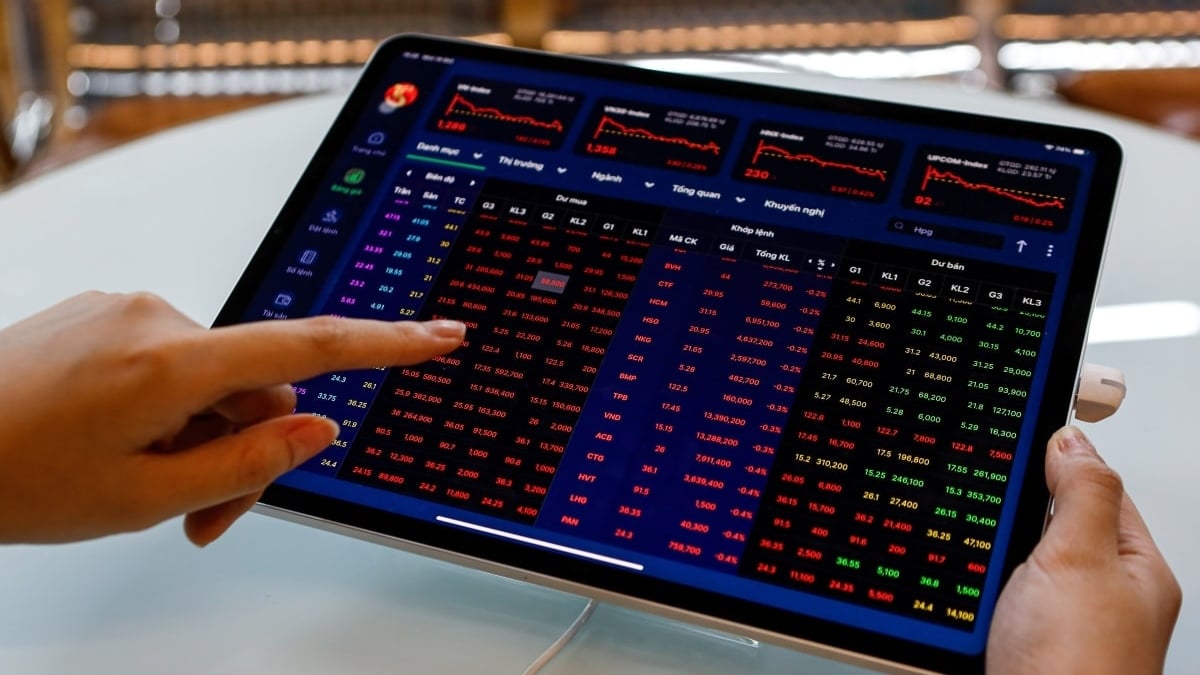
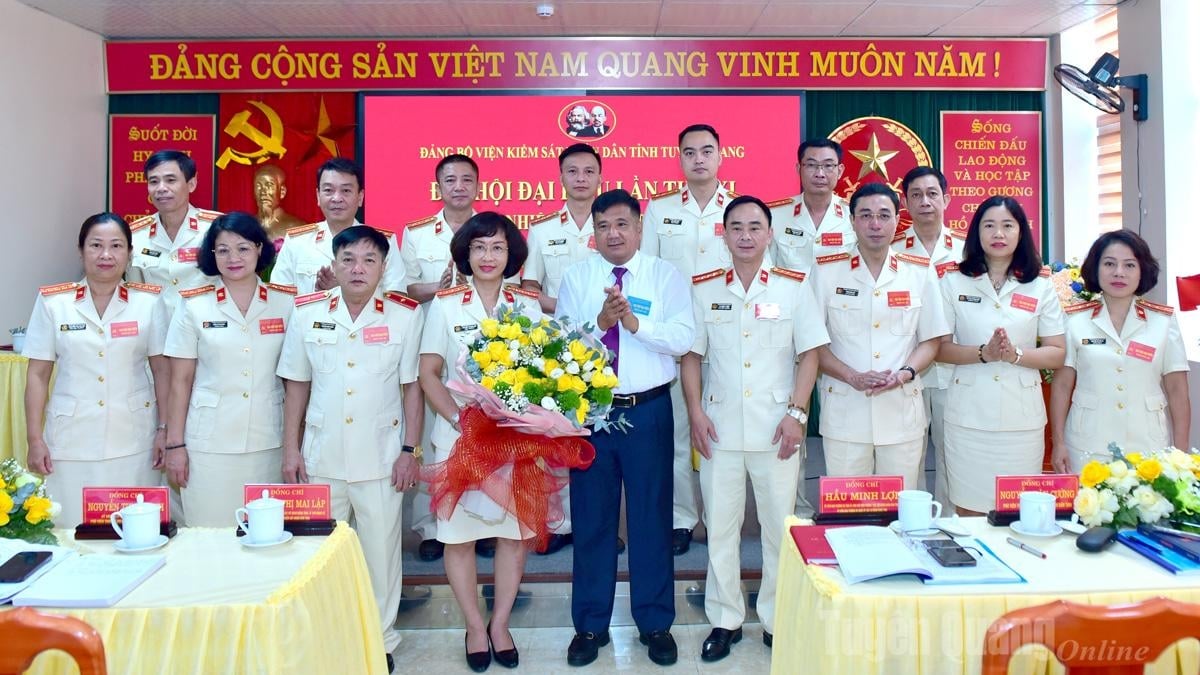
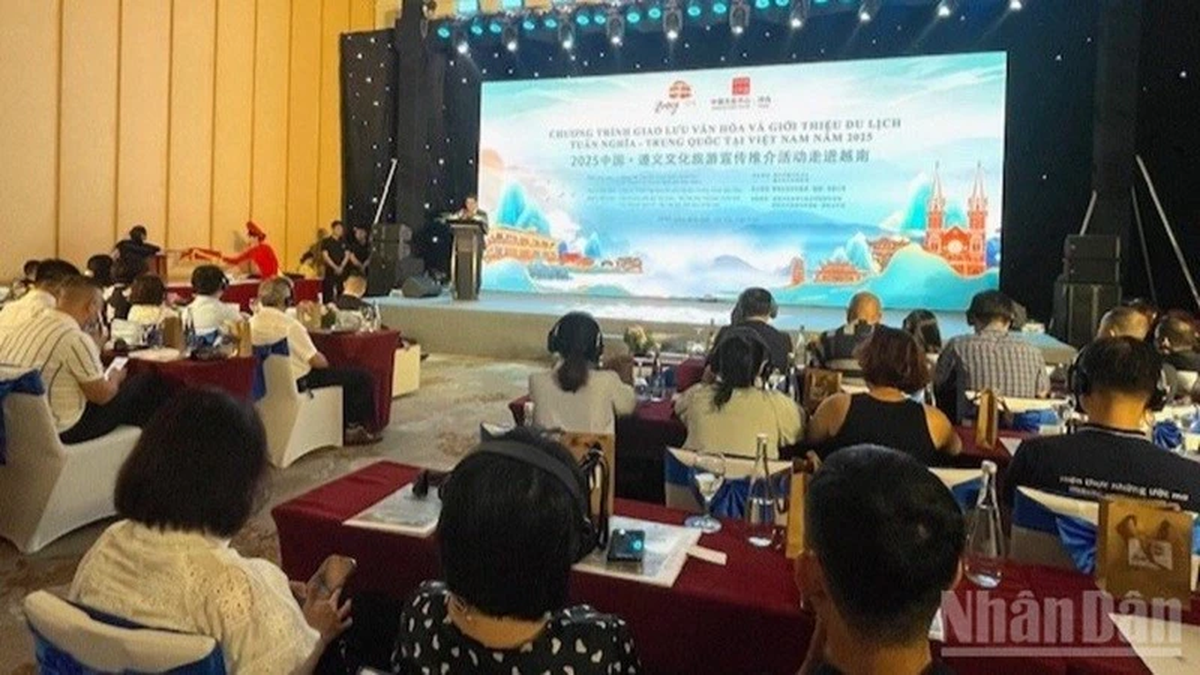
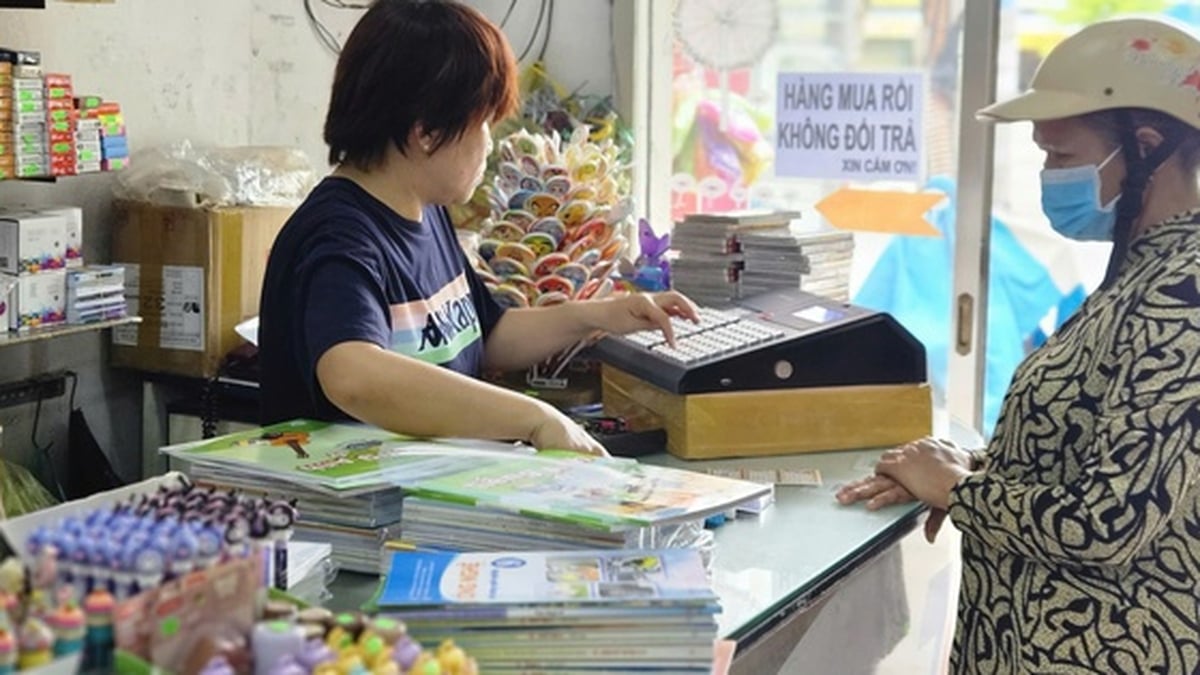
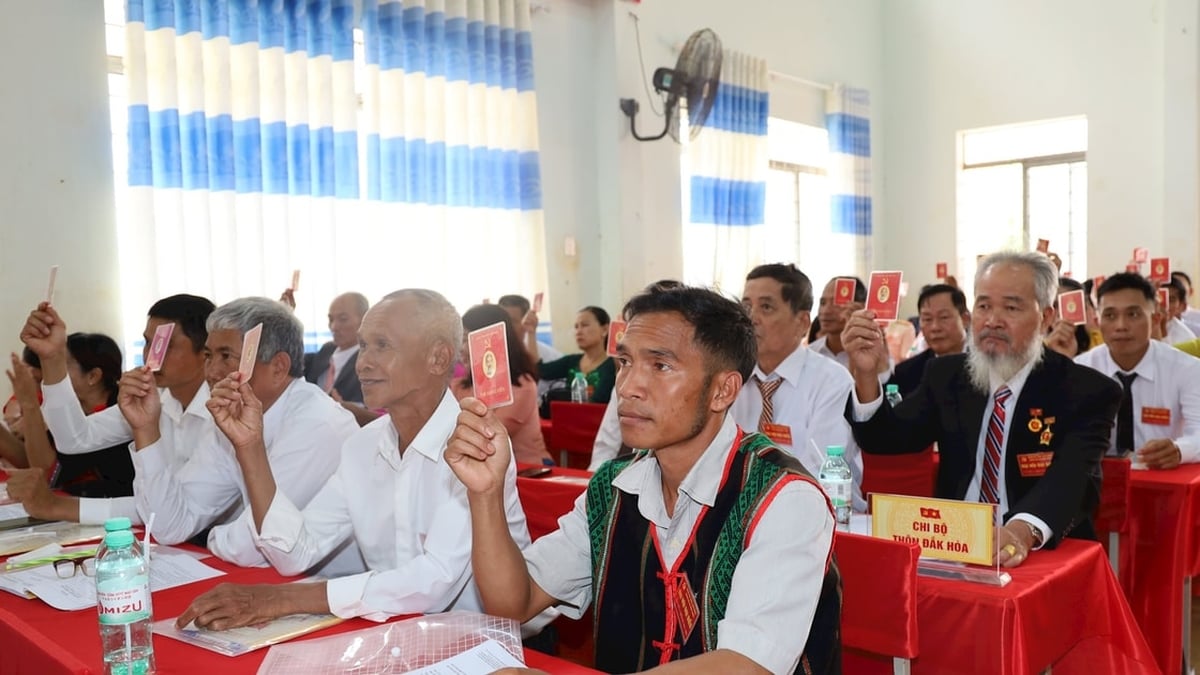
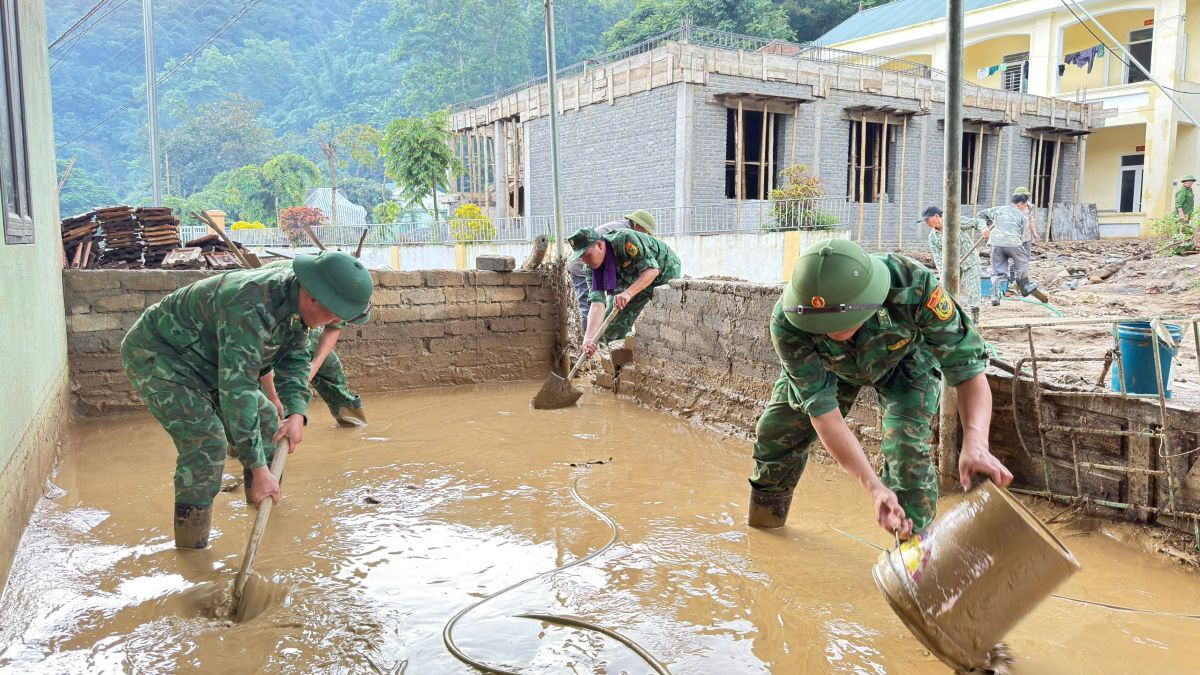
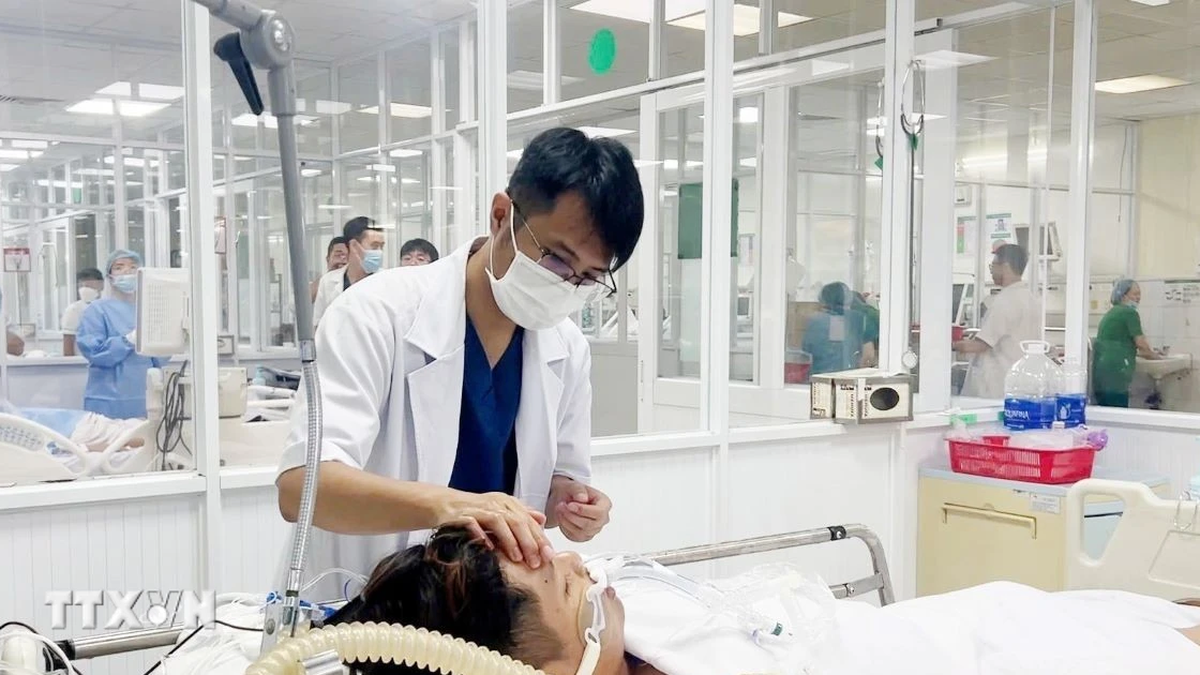
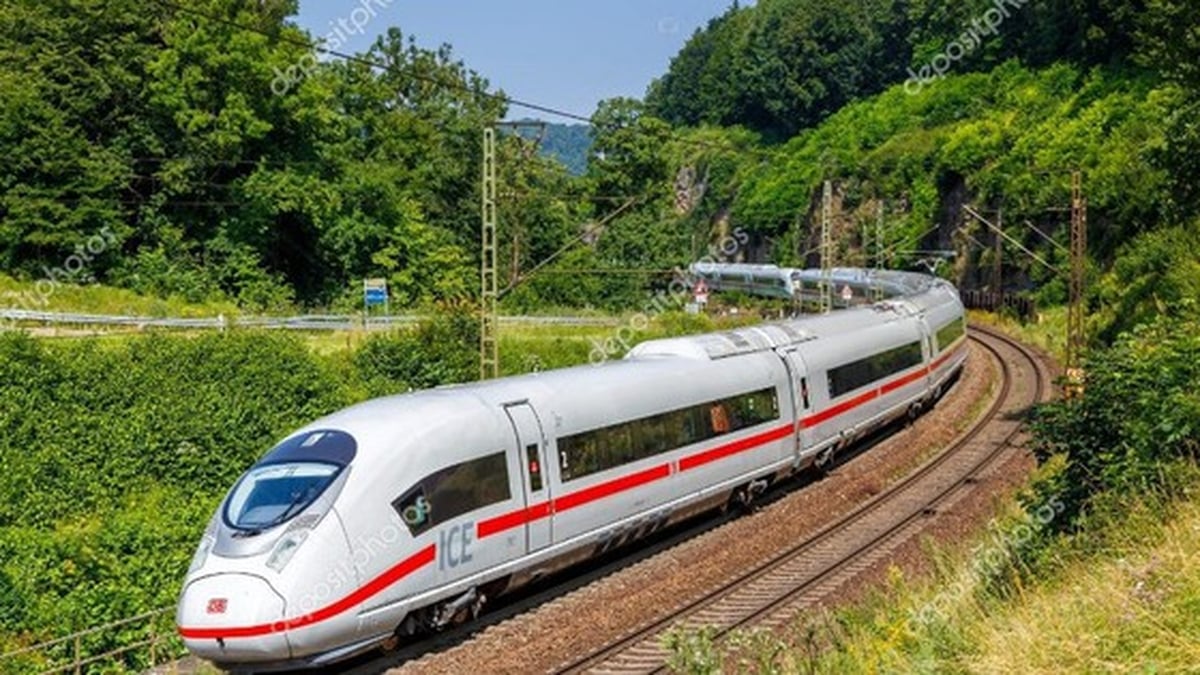
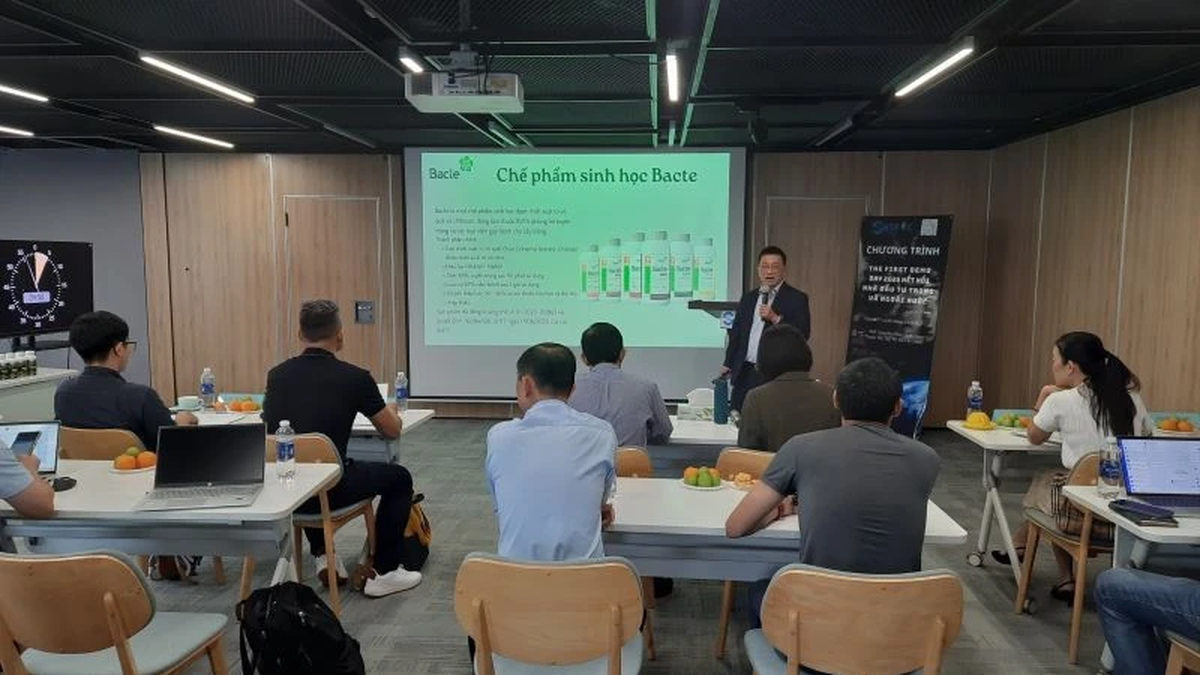













![[Photo] National Assembly Chairman attends the seminar "Building and operating an international financial center and recommendations for Vietnam"](https://vphoto.vietnam.vn/thumb/1200x675/vietnam/resource/IMAGE/2025/7/28/76393436936e457db31ec84433289f72)



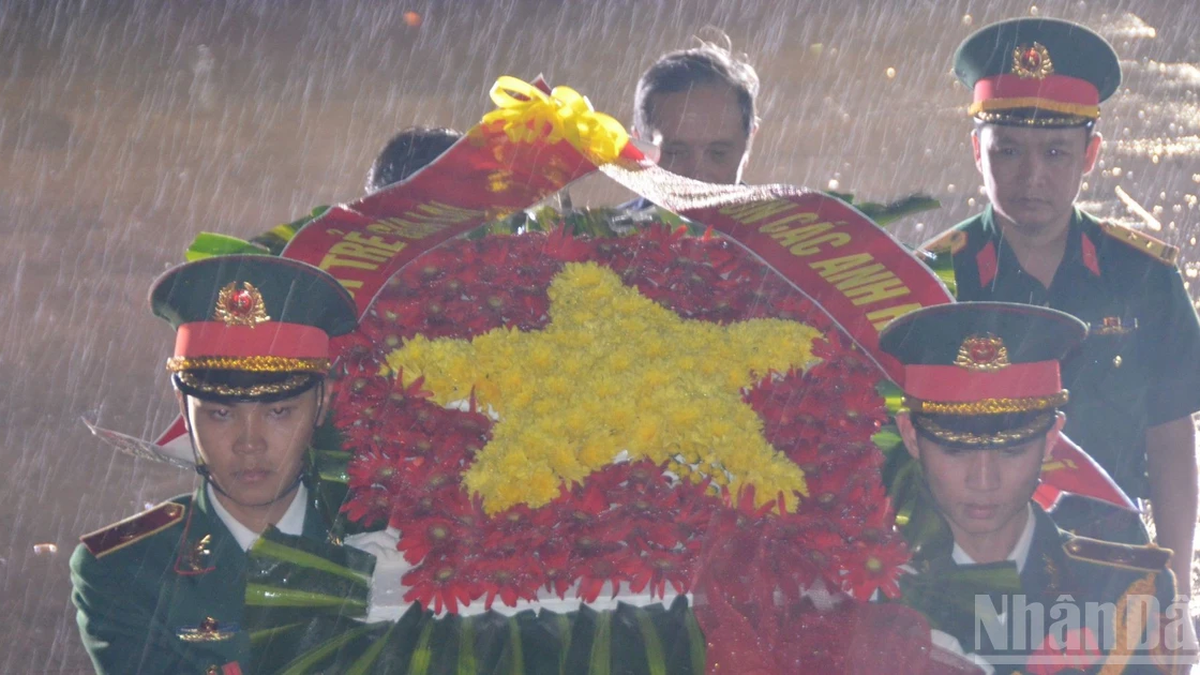












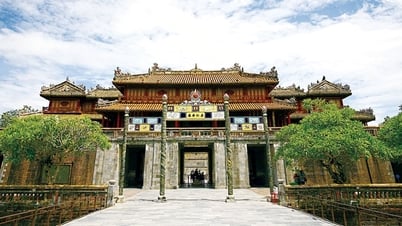











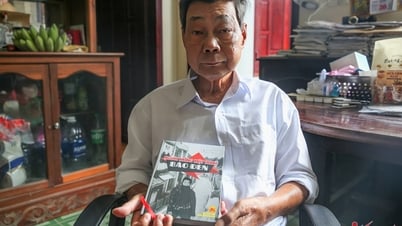






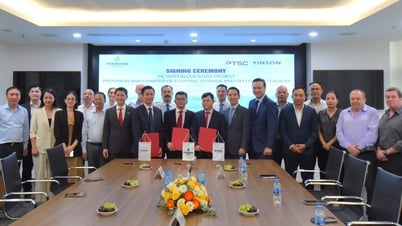
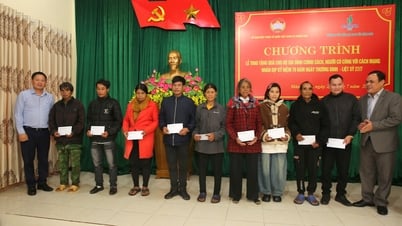
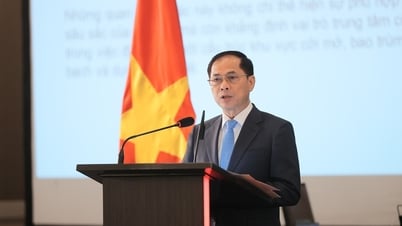


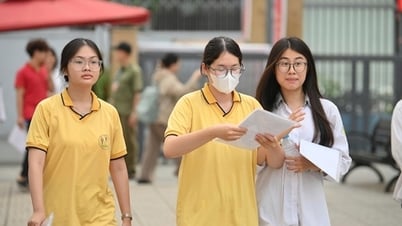




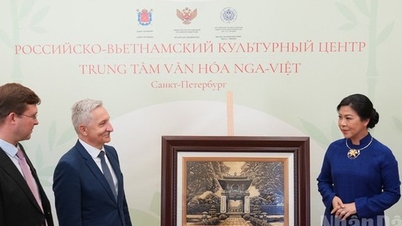

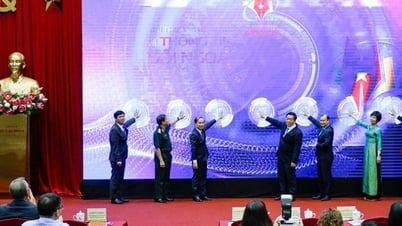
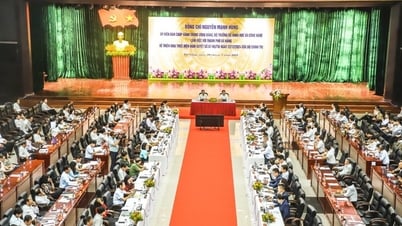
























Comment (0)